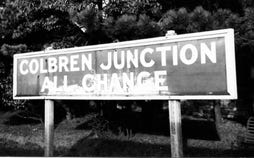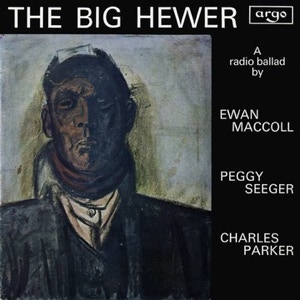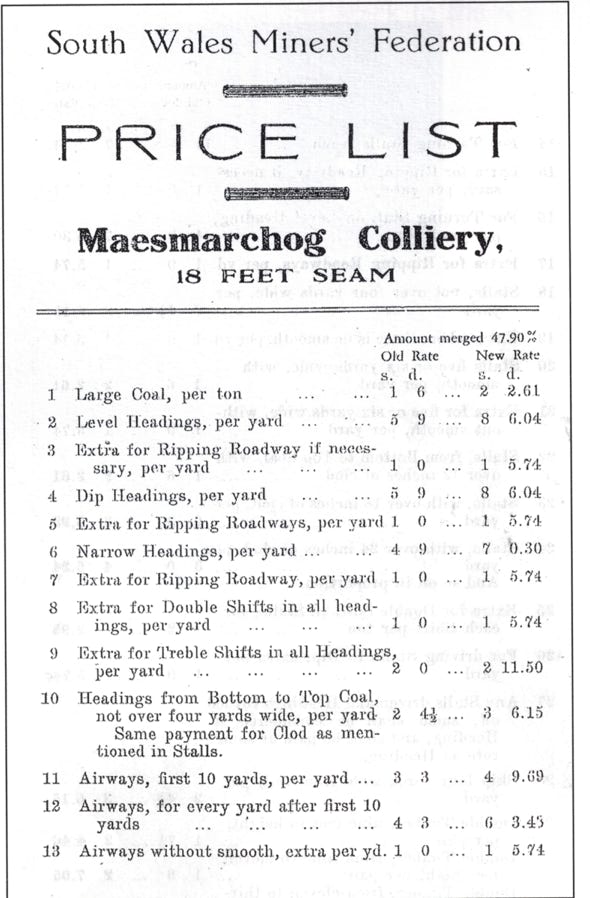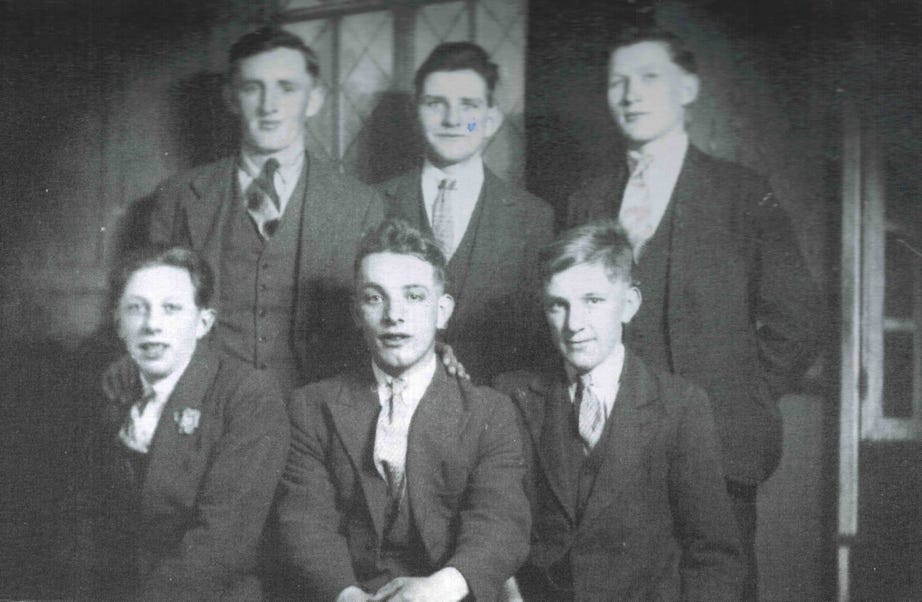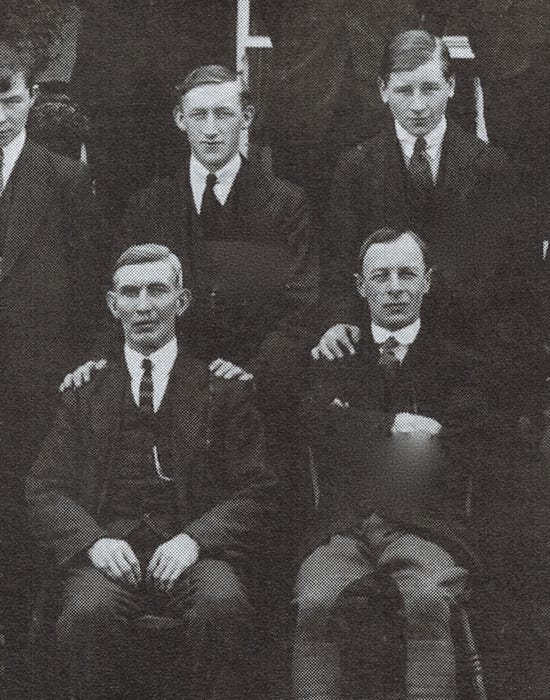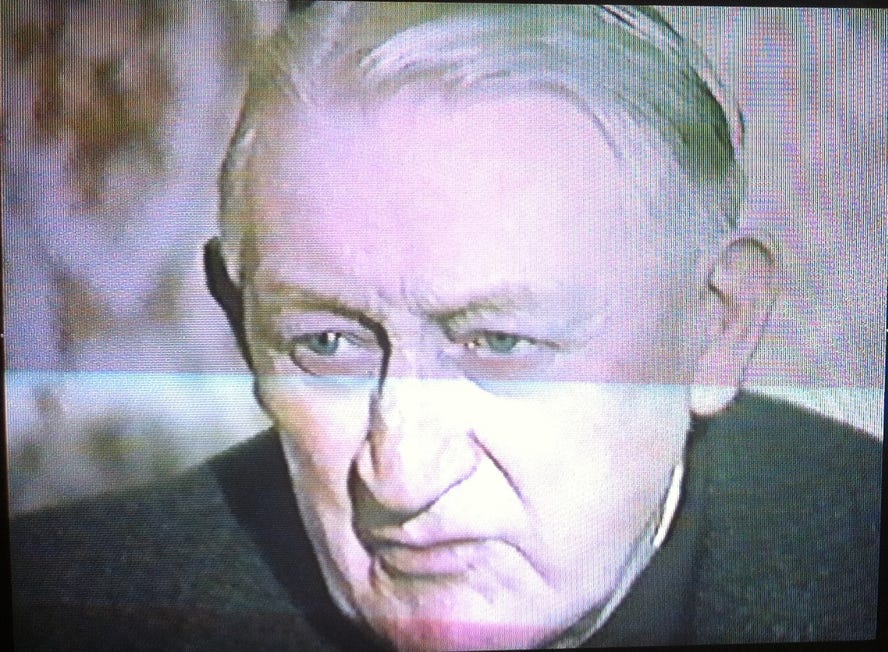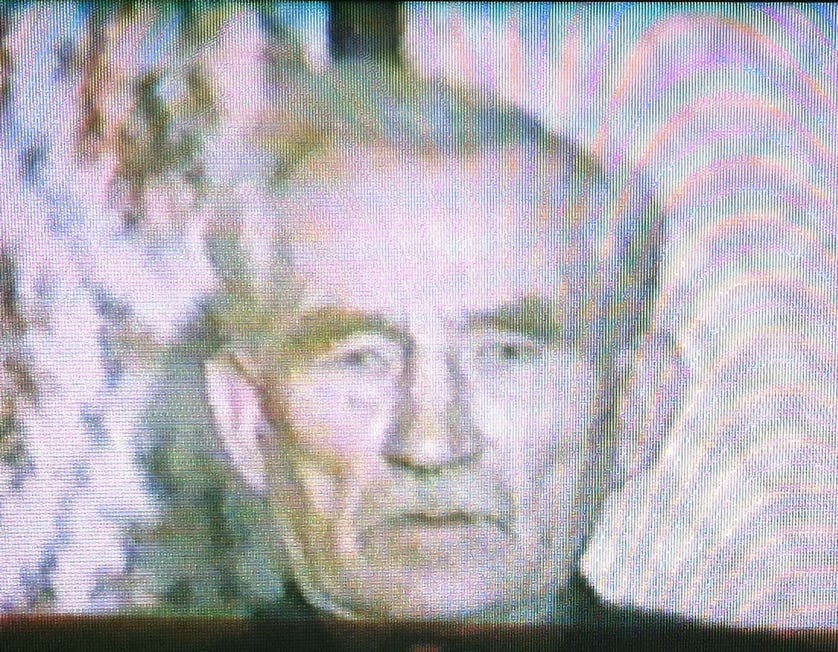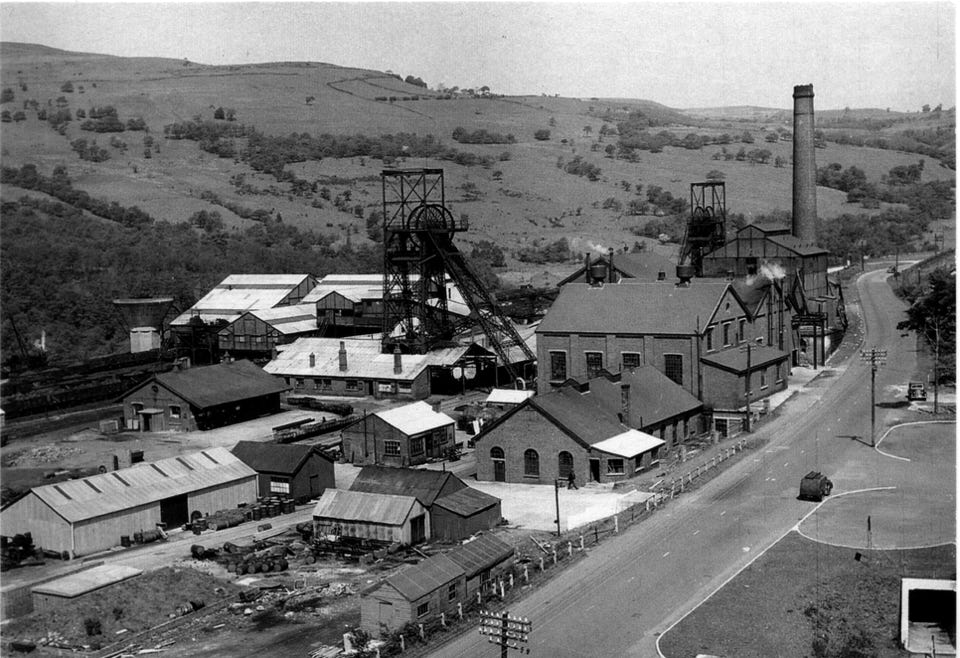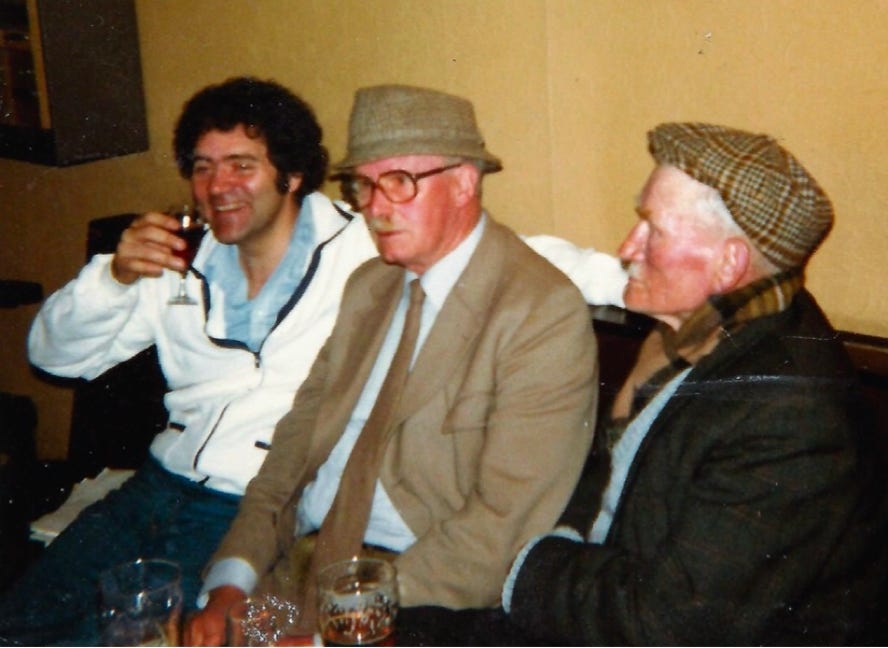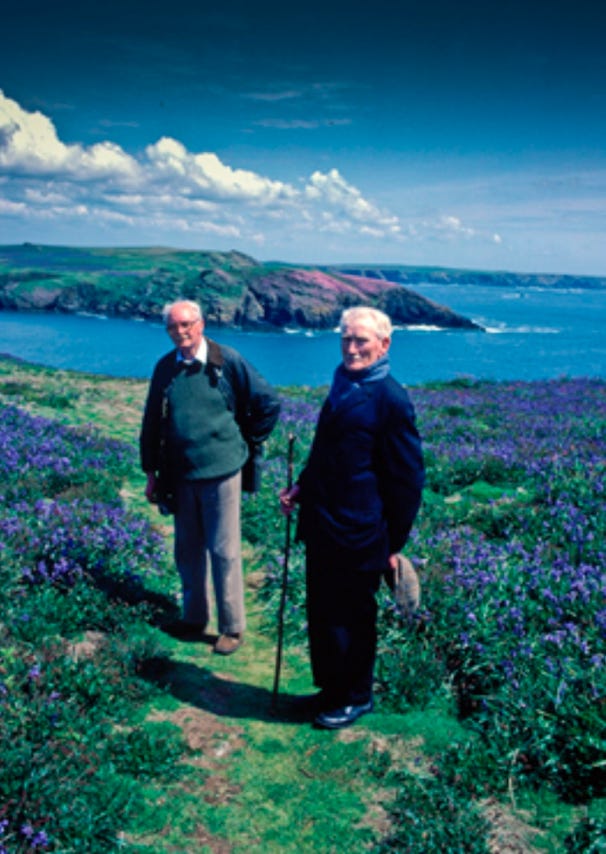This “Price List” (Davies, 2004), is a local example of the miners’ wage rates, negotiated continually by owners and workers’ representatives. It exemplifies a time when workers were expected to be multi-skilled, as today, and were rewarded in a strictly piecemeal way according to the work done. This was not unique to south Wales. For example, Emile Zola’s key late nineteenth century novel “Germinal” revolves around a strike provoked by particular conflict over the relative renumeration between actual coal-getting and the necessary and simultaneous, but immediately unprofitable wood work making props to support extraction (‘le boisage’).
Hywel “Jeff Camnant” Jeffreys’ name appears in many Dulais Valley mining accounts. Much of this may have started in the 1970s through his involvement with the oral historian, George Ewart Evans, who conducted a series of recordings with miners in the Dulais Valley. Howell told his interviewer, “I started work at Christmas time in Banwen colliery, the 29th of December. It was a Saturday. I had to go sign on; and I had to show my birth certificate.” (Evans, 1976). This would have been about 1924, when Howell was about 14. For him, it was “the end of summer” – this being the title of GB Evans’ short story in the “Boys of Gold” collection, written in memory of Jeff Jeffreys.
Jeff Jeffreys is also referenced frequently in Rees (2008) - who possibly used the same Evans (1976) source - as a “legendary big hewer”, and the “hewer – or the face worker, was, in the days before mechanisation, the aristocrat of the mine and all other workers served his needs” (Rees, 2008, p135). He would also have been the highest paid. One characteristic of the anthracite area was that being at the outermost lip of the overall “basin” of the coalfield, many of the mines were of the drift variety – from the BBC (1961), an unknown Dulais valley miner (possibly John Williams, later colliery manager) explains, “the [anthracite] seams in south Wales crop on the surface and there was very little need for capital to get into the seam, what was really needed was muscle and sweat.” Hywel Jeffreys seems to have provided that in abundance, chosen to drive the “hard headings” – providing access to new coal through the rock.
After mechanisation, from the 1920s, and varying in extent and universality according to the size and particular nature of a mine, things changed as miners became less of the individual craftsmen they once were and instead worked in more non-descript teams, now subservient to the mechanical cutters and conveyors that replaced the once proud hewers, their boys learning at their side, and supporting hauliers. About Jeff Jeffreys: “When he was sent down Cefn Coed, it nearly broke his heart. Because he’d been driving the main drift down the Cornish [a level in Banwen colliery] for years. He was a man to be accounted with in the Cornish. But then he was just one bloke on a rope, pulling it….His time was past.” (from Evans, 1976). And George Brinley Evans – who was also recorded by George Ewart Evans in the same 1976 book – recalled in 2014, “I knew Jeff Hywel Jeffreys very well, we were the best of friends. He and Ernie Lambert drove the Main Drift of the Cornish down [Banwen colliery]. He was a very hard working man and a great friend of my father too.” (email to author, 2014).
‘The Big Hewer’ was one of a series of ‘radio ballads’ produced on various aspects of working class lives in Britain, broadcast by the BBC between 1958 and 1961. Much use was made of voice recordings and these were broadcast interspersed with songs by Ewan Maccoll and Peggy Seeger.
For the Big Hewer, miners from all the UK’s main coalfields were interviewed. South Wales was represented by Banwen. John Williams, the manager of Banwen Colliery (officially, Onllwyn No. 3) features in the programme.
The title alludes to a semi-mythical character, but exemplified in every mining community:
“The Big Hewer was (probably) a fictional character, a coal miner with towering strength and prolific output. He emerged in the days of hand hewing and appeared by different names around the British coalfields—Temple, Towers or Torr in the North, and Isaac Lewis in South Wales. He assumed mythical status when coal mining became mechanized, and became a symbol of pride for miners and their communities, a sign of the contribution to society in the made by coal miners in the UK in the 20th century. An unnamed miner in the recording describes him: ‘Pride in his work. Big man. Phew, he was as good as two men, there’s no doubt about that, he was as good as two men’, and in the eponymous title song Ewan MacColl paints a picture of the Big Hewer as the benchmark for productivity for other miners.”
Occupational Medicine, Volume 70, Issue 6, August 2020, Pages 392–393, OUP
These young men (left) from Coelbren, believed to be on a day-trip to Aberystwyth in the 1930s (Davies, 2006), very neatly encapsulate for posterity a complicated network of family alliances. Five (so far) out of the six are related to each other directly in our families of interest, as cousins, or as in-laws through marriage.
Front L-R: Jack (Bach) Jones; Danny (Temperance) Evans; Stan Kemeys
Rear L-R: Will Lewis (Glynllech); Will (Gwilym) Williams; Hywel “Jeff” Jeffreys (Camnant).
